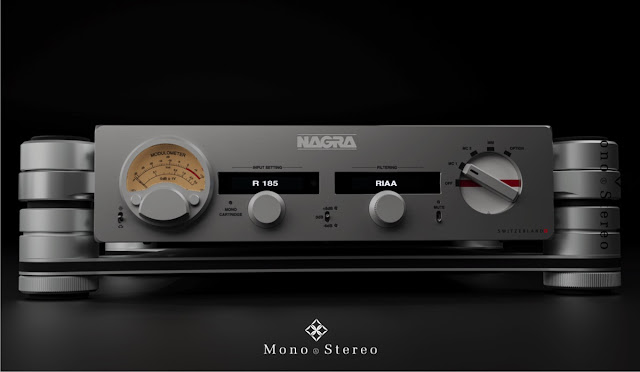So, I made a purchase of a phono stage, and I bought the CH Precision P1 phono stage with X1 power supply. Thanks to everyone for their contribution to this thread, and to my education. I especially appreciate the recommendations of those who brought my attention to this new technology in current-based phono stages. I wouldn't have had any idea about this new type of phono stage without several of your contributions.
After a week or listening, I am very impressed with the sound quality of the device, and it sounds worlds better than the Manley Steelhead, which was and is a very good phono stage.
I really do like the idea of the current-based operation of a phono stage, and I was always somewhat philosophically disturbed by how variable loading could affect the sound of LP's and cartridges, but I wasn't aware of any other options. With the CH Precision, the gain is the only variable, and it comes with a record and a "gain wizard" software that selects the best gain for each cartridge played, based on certain parameters. Additionally, if I wanted to use an SUT with my MC, or use an MM, I could use the MM/MC input on the device, and there are supposedly 500 different loadings possible in the CH Precision P1, all the way from 20 ohms to 100k ohms, and a "loading wizard" software with a record can help select the best loading for the cartridge also.
As for the sound, it's quite amazing: the musicality is still very present, but the clarity and detail are present on a much greater scale. It is most noticeable with larger, orchestral pieces, where the sound stage and separation of the instruments is much greater. There's not as significant an improvement with solo pieces: while the sound quality is definitely improved, and clearer; the slight distortion that the Manley Steelhead created was very musically pleasing with solo instruments.
If I could criticize the unit, I would say that it is almost too precise, clear, and detailed, which does remove some bit of the musicality of the performance (when operating the device at what the "gain wizard" software considers to be the "optimal" gain). Another difference that I notice is that the presentation is such that instead of making you feel like the performers are in my home, it makes me feel like I am at the performance, or recording studio.
Interestingly, the "gain wizard" software on the P1 selected the "optimal" gain to be +15 db for both the Lyra and Koetsu cartridges into the MC current input. (The selected gain is based on the internal resistance of the MC cartridge.) At this gain, the music is very detailed, precise, accurate, but I perceive it to be slightly bright. In my opinion, this accuracy and brightness is due to the gain chosen by the "gain wizard". When I select the gain myself, based upon what I appreciate as natural music, I choose a gain of 0 db. At 0 db gain, the P1 is not only still very detailed and accurate, but also thoroughly musical. Listening to any performance, I get the impression that I am at the performance, and everything sounds as real as it would, without any of the larger than life "bloom" that I get from the Manley Steelhead. However, I must admit, I do sometimes enjoy that large "bloom," while recognizing that it is some degree of distortion. This perceived perfect sonic balance at 0 db gain may also be due to using my Ypsilon PST-100 Mk2 SE in passive mode at maximum volume, which is approximately 0 db attenuation. So, my current assessment is: 0 db gain with 0 db attenuation = ideal, realistic sound quality.
Playing the P1 unit by itself lends a lean, clean sound, and it sounds excellent, but adding the X1 power supply does add a robustness to the sound.
In the coming months, I plan on connecting the MC cartridges to the voltage-based MM/MC input, and playing with the loading wizard, and comparing the sonic differences, as compared to the current-based MC input.


